YARN SOURCES
Anzula anzula.com Fiberstory etsy.com/shop/Fiberstory June Pryce Fiber Arts etsy.com/shop/JunePryceFiberArts Light Brown Hare etsy.com/shop/lightbrownhare Madelinetosh madelinetosh.com Malabrigo malabrigoyarn.com Miss Babs missbabs.com Neighborhood Fiber Co. neighborhood-fiber-co.myshopify.com Phydeaux shop.phydeauxdesigns.com The Verdant Gryphon verdantgryphon.com Zen Yarn Garden zenyarngarden.com

Published by Stackpole Books
An imprint of The Rowman & Littlefield Publishing Group, Inc.
4501 Forbes Blvd., Ste. 200, Lanham, MD 20706 Distributed by
NATIONAL BOOK NETWORK
800-462-6420 Copyright 2018 by The Rowman & Littlefield Publishing Group, Inc. Photography: Gale Zucker, except Tower Hill cardigan photos on pages 53, 55, and 56 by Ayla Marie Rector All rights reserved. No part of this book may be reproduced in any form or by any electronic or mechanical means, including information storage and retrieval systems, without written permission from the publisher, except by a reviewer who may quote passages in a review. The contents of this book are for personal use only.
Patterns contained herein may be reproduced in limited quantities for such use. Any large-scale commercial reproduction is prohibited without the written consent of the publisher. We have made every effort to ensure the accuracy and completeness of these instructions. We cannot, however, be responsible for human error, typographical mistakes, or variations in individual work. British Library Cataloguing in Publication Information available Library of Congress Cataloging-in-Publication Data Names: Barna, Toby Roxane, author. Title: Design doubles : knitting patterns for shawl and sweater pairs / Toby Roxane Barna.
Description: First edition. | Guilford, Connecticut : Stackpole Books, [2018] | Includes bibliographical references. Identifiers: LCCN 2018017696 (print) | LCCN 2018025661 (ebook) | ISBN 9780811768061 (e-book) | ISBN 9780811718042 (paperback : alk. paper) | ISBN 9780811768061 (ebook) Subjects: LCSH: KnittingPatterns. | Shawls. | Sweaters.
Classification: LCC TT825 (ebook) | LCC TT825 .B2957 2018 (print) | DDC 746.43/2dc23 LC record available at https://lccn.loc.gov/2018017696  The paper used in this publication meets the minimum requirements of American National Standard for Information SciencesPermanence of Paper for Printed Library Materials, ANSI/NISO Z39.48-1992. First Edition Printed in the United States of America
The paper used in this publication meets the minimum requirements of American National Standard for Information SciencesPermanence of Paper for Printed Library Materials, ANSI/NISO Z39.48-1992. First Edition Printed in the United States of America
INTRODUCTION
S weaters and shawls are my two favorite things to knit. Shawls are the perfect carry-along project. Theyre easily portable, they dont need to fit a specific person in a specific way, theres no seaming to do and, usually, not too many ends to weave in. Sweaters, on the other hand, are a chance to sink your teeth into a long-term project to carefully plan which yarn to use, do a gauge swatch, and make an heirloom that will be passed down, not to mention an item of clothing you can wear with the pride and satisfaction that come from finishing a large project. Its easy to lose yourself in the processto watch a pile of yarn become a three-dimensional object, to watch the pieces all fit together as a garment takes shape.
While I knit, I often have elaborate daydreams. I dream about where I will wear the garment Im creating, what Ill accessorize it with, how Ill style it. I muse about who Ill be with, where well go, what well do there. I can get lost in those kinds of reveries; even more than that, I love to think about what Ill make next. Especially when I happen upon an exciting texture or lace pattern, I love to imagine what else that stitch pattern could become. For example, the beautiful diamond lace pattern that forms the center triangle in the Mansion House Shawl (page 80) works just as perfectly as expanding side panels that give the Mansion House Pullover (page 84) its swingy, A-line silhouette.
The unusual lace pattern that forms the border of the Cicada Shawl (page 59) transforms into a pointed lace yoke in the Cicada Pullover (page 63), and the same shaping that gives the Tower Hill Shawl (page 50) its three-pointed shape gives the eponymous cardigan (page 53) a handkerchief-style hemline. I used to feel like reusing a stitch pattern or design element was almost cheating, like anything that wasnt a completely new idea wasnt worth pursuing. Now I feel a responsibility to these stitch patterns to explore all their possibilities and follow them to their natural conclusions. That urge is what inspired this book. Throughout, Ive included some of the sketches I made to visualize styling and color as I worked on the designs. Youll notice that they dont always match the final piecethats because the fun in designing your own garments is the ability to change yarns and explore different possibilities.
Sometimes one idea is just a jumping-off point for another. You may already be familiar with some of the shawls in this collection that I have previously published, though all have been reworked in new yarns and some have had revisions for this book. In most cases, the shawl design came first and had left me feeling there was more to be done with the design elements and stitches I was exploring. I hope the sweaters are fun, surprising companion pieces to those shawls and that the design elements that initially drew you to the shawls will continue to inspire you in the form of sweatersand if the shawls are new to you too, I hope youll find as much inspiration and delight as I do in each of the pairings.
GALLERY
point of view
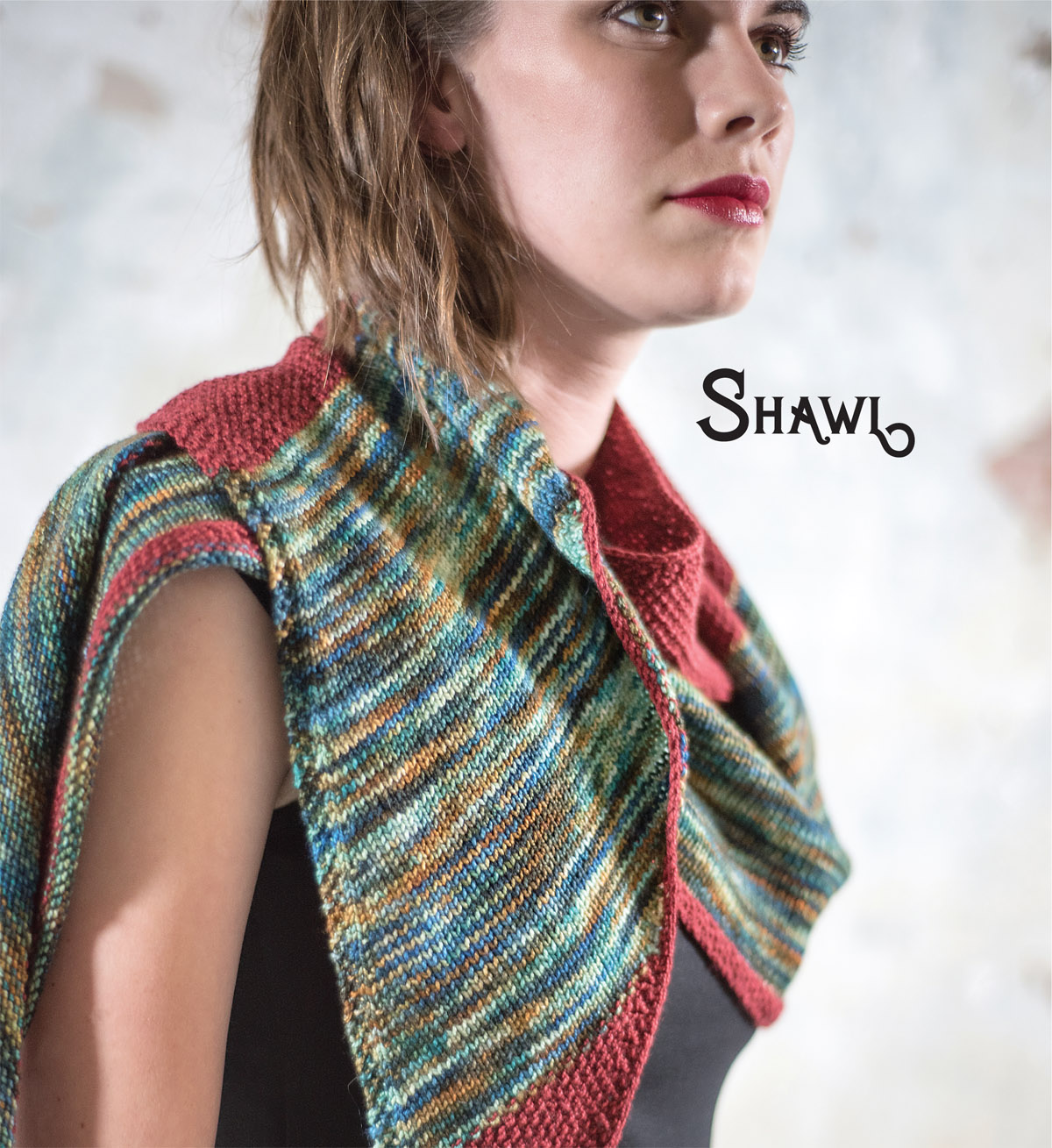
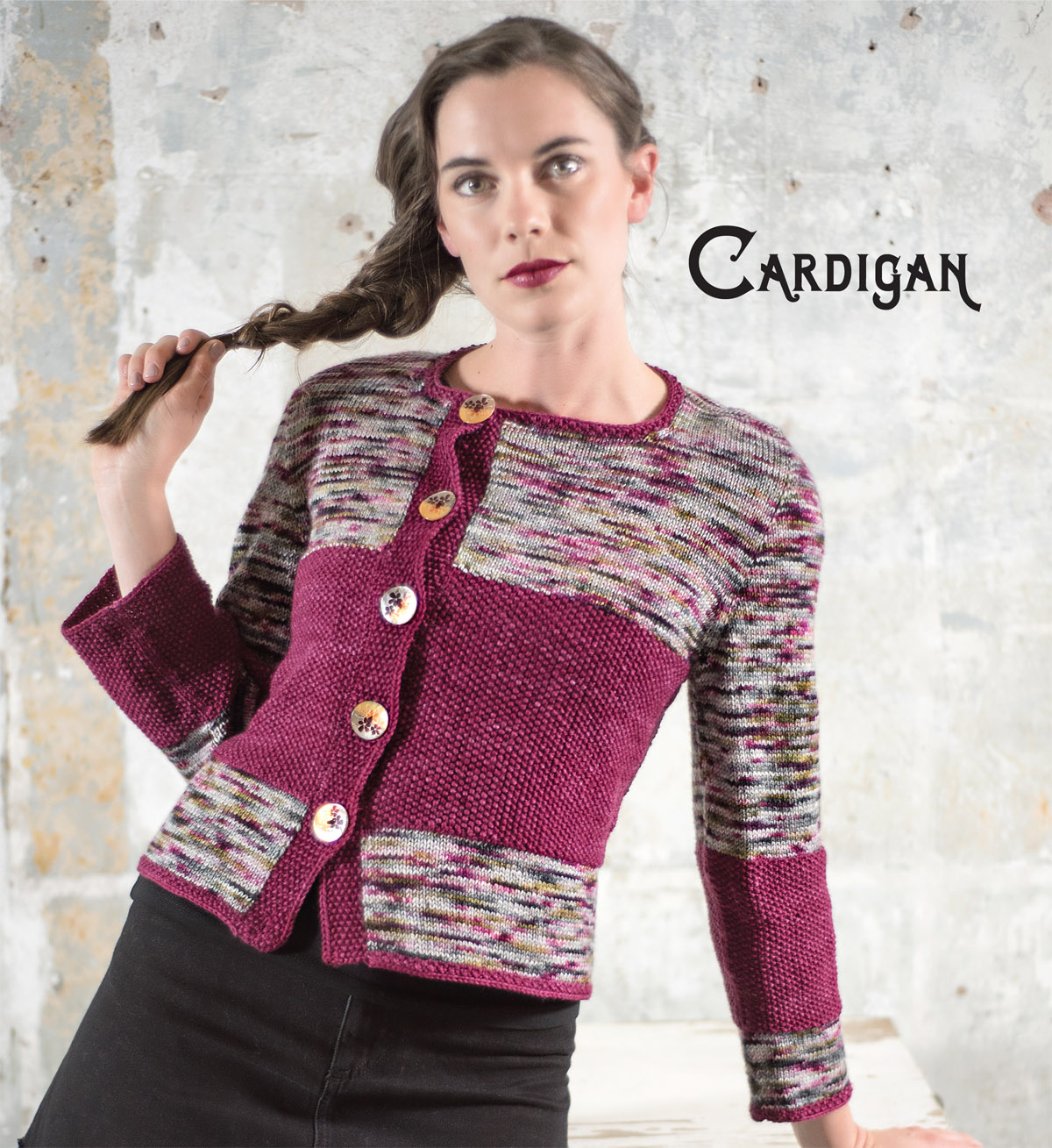
westminster
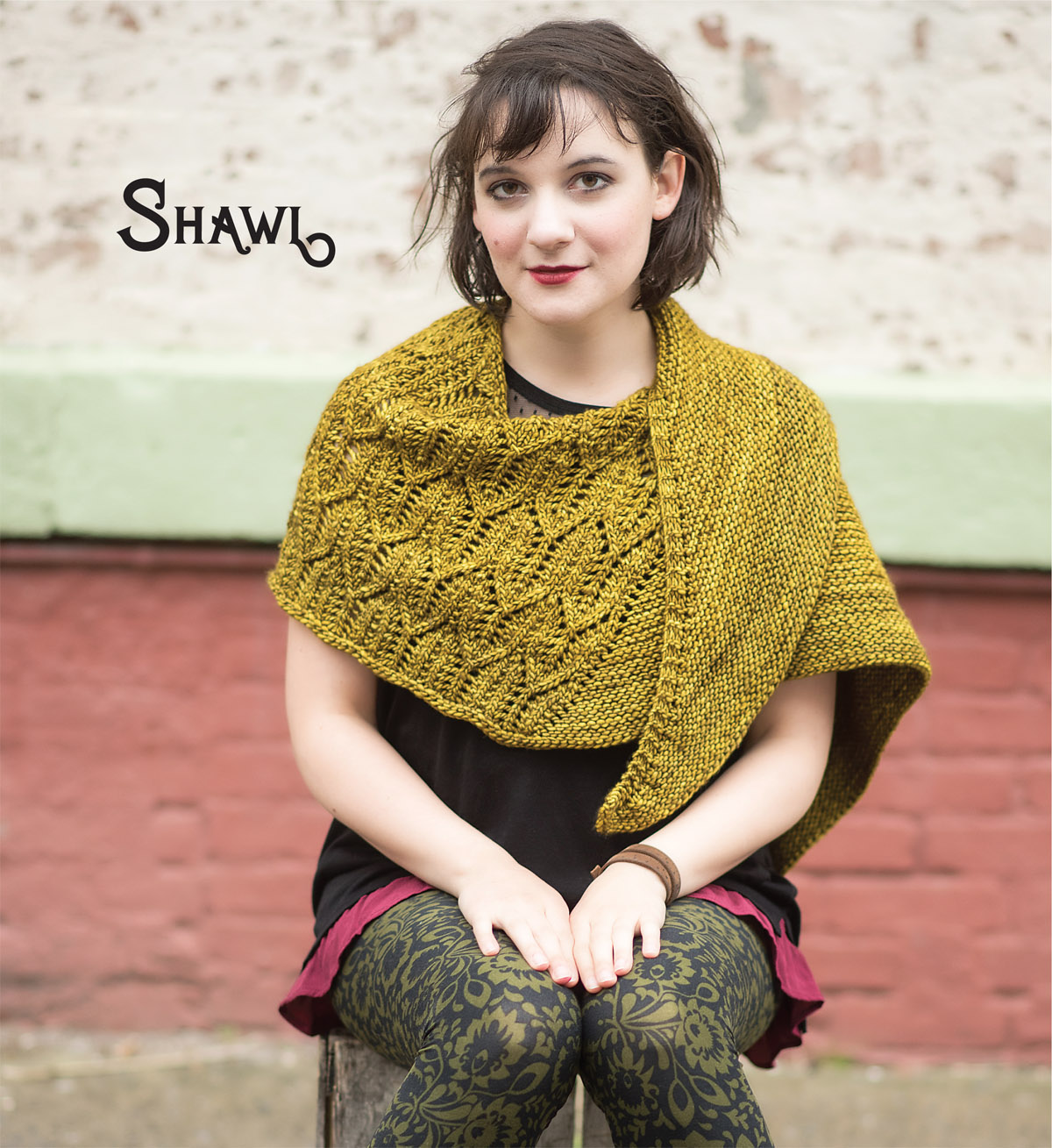
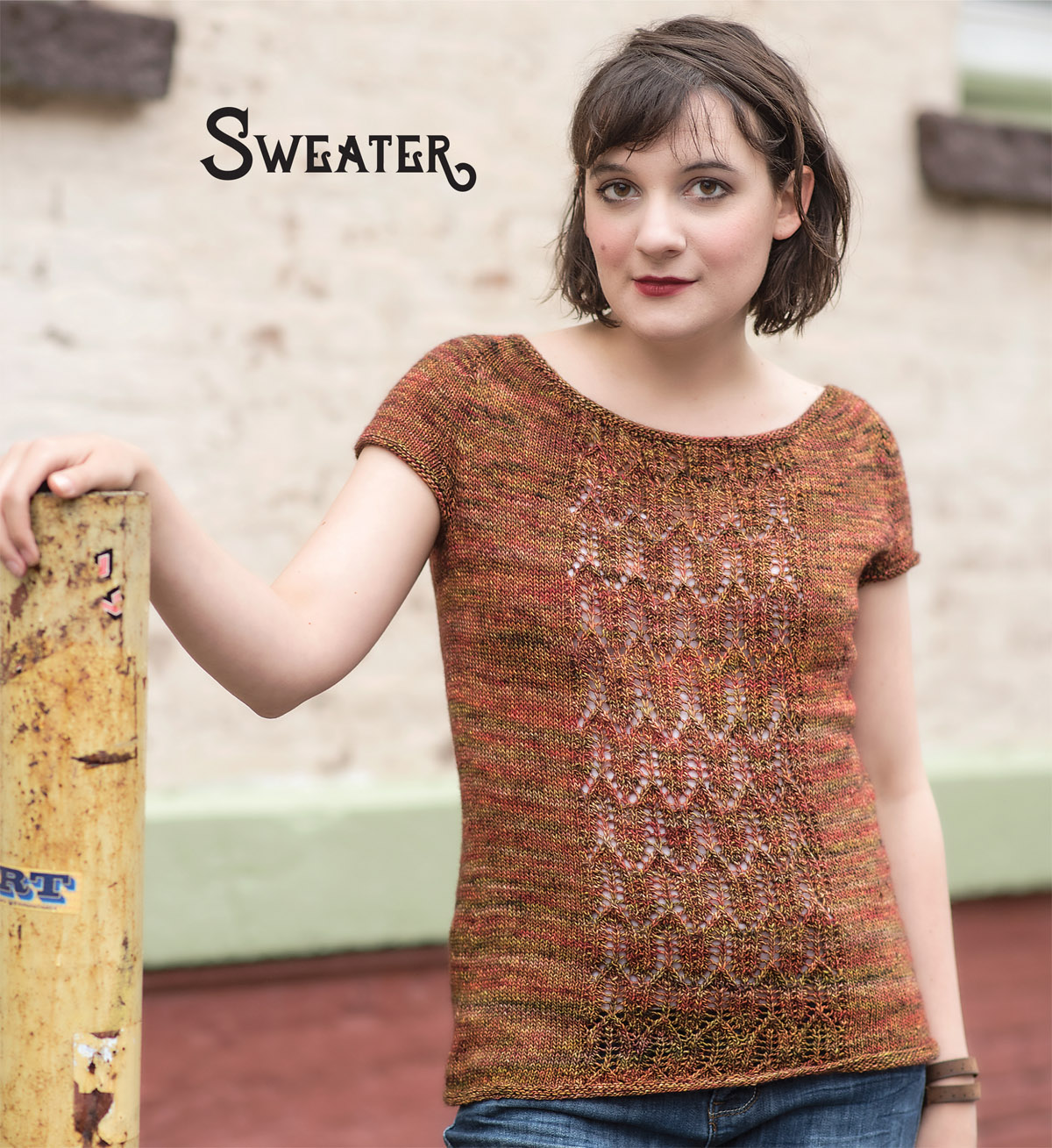
notting hill gate
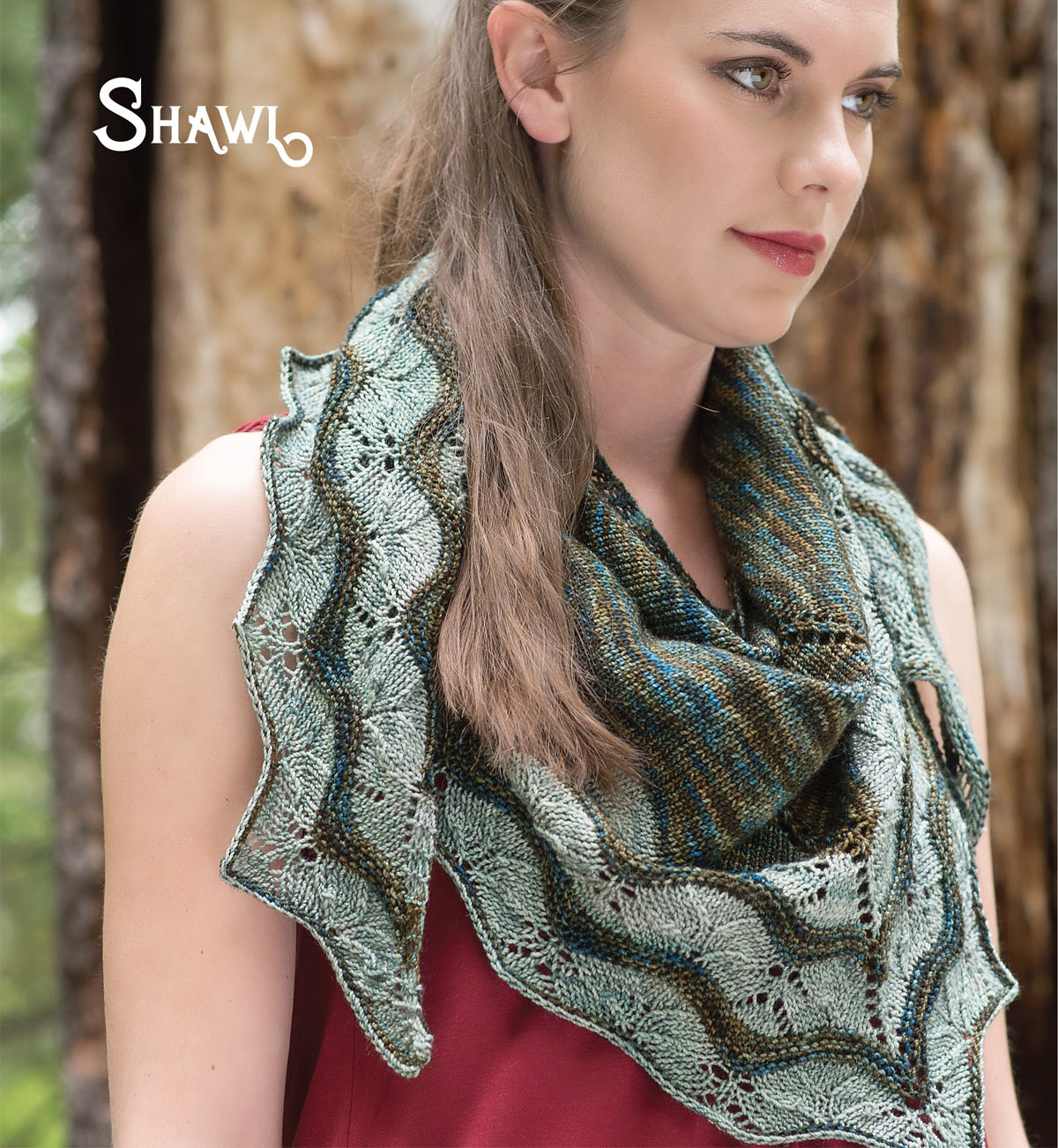
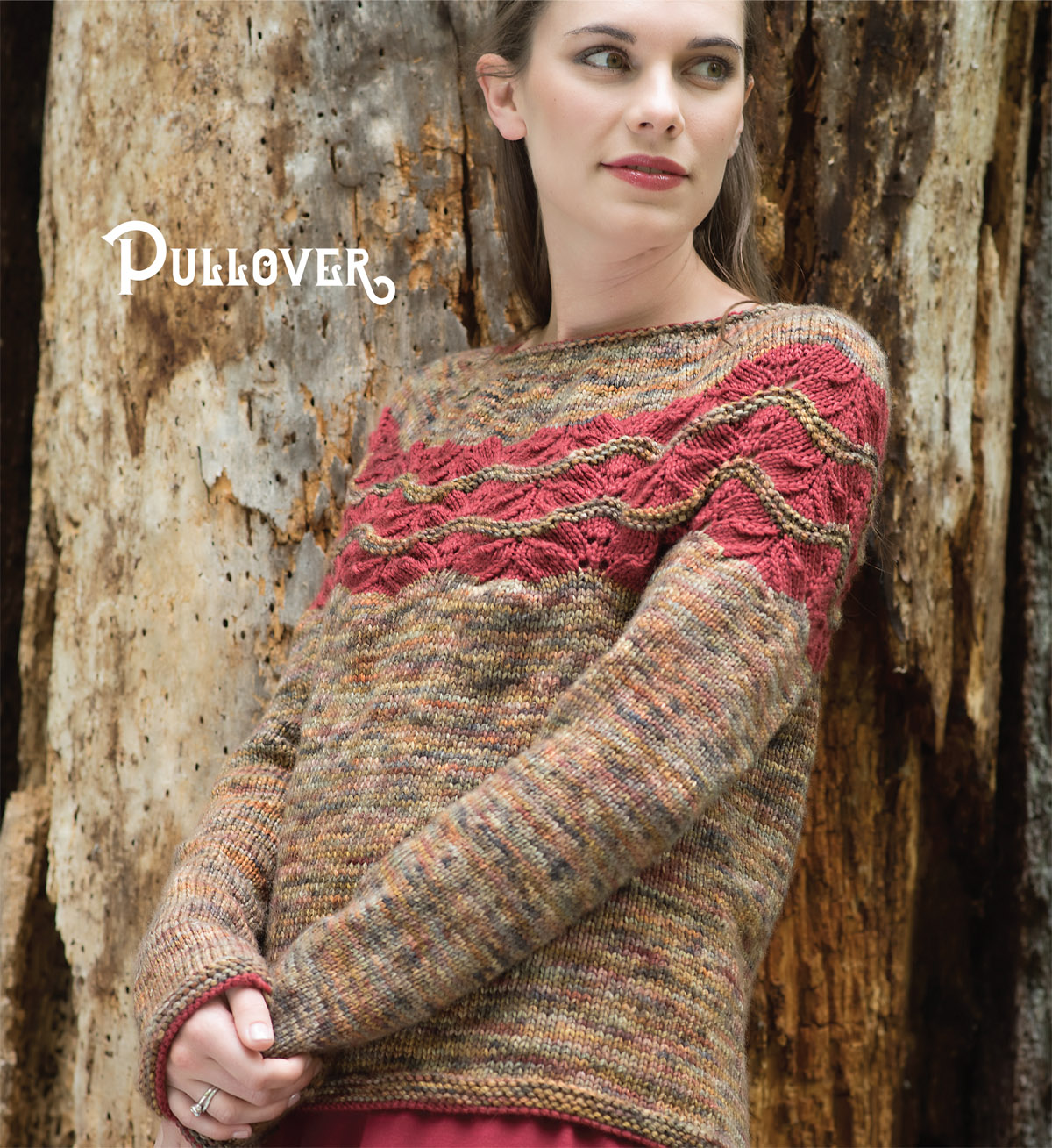
tower hill
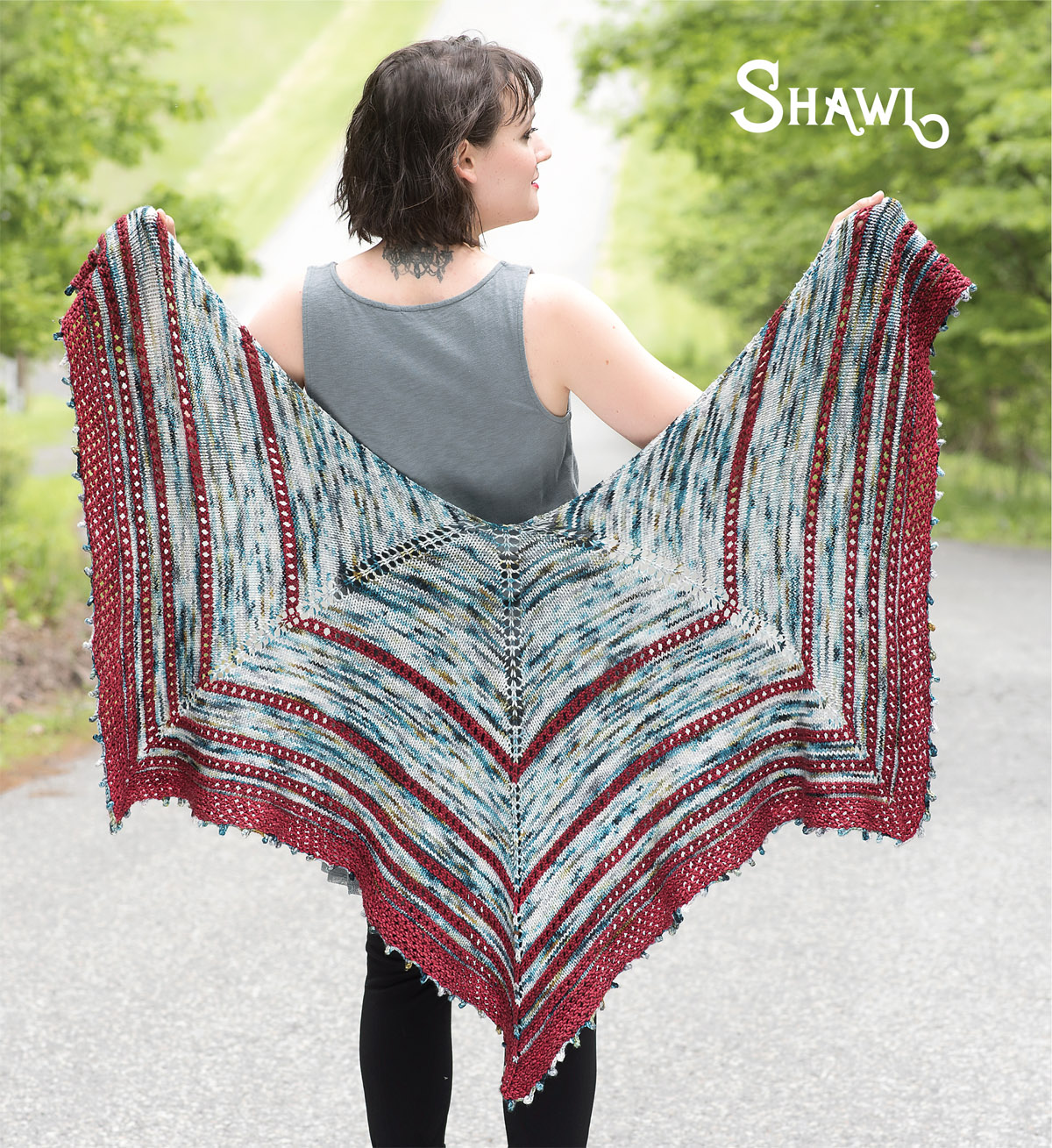
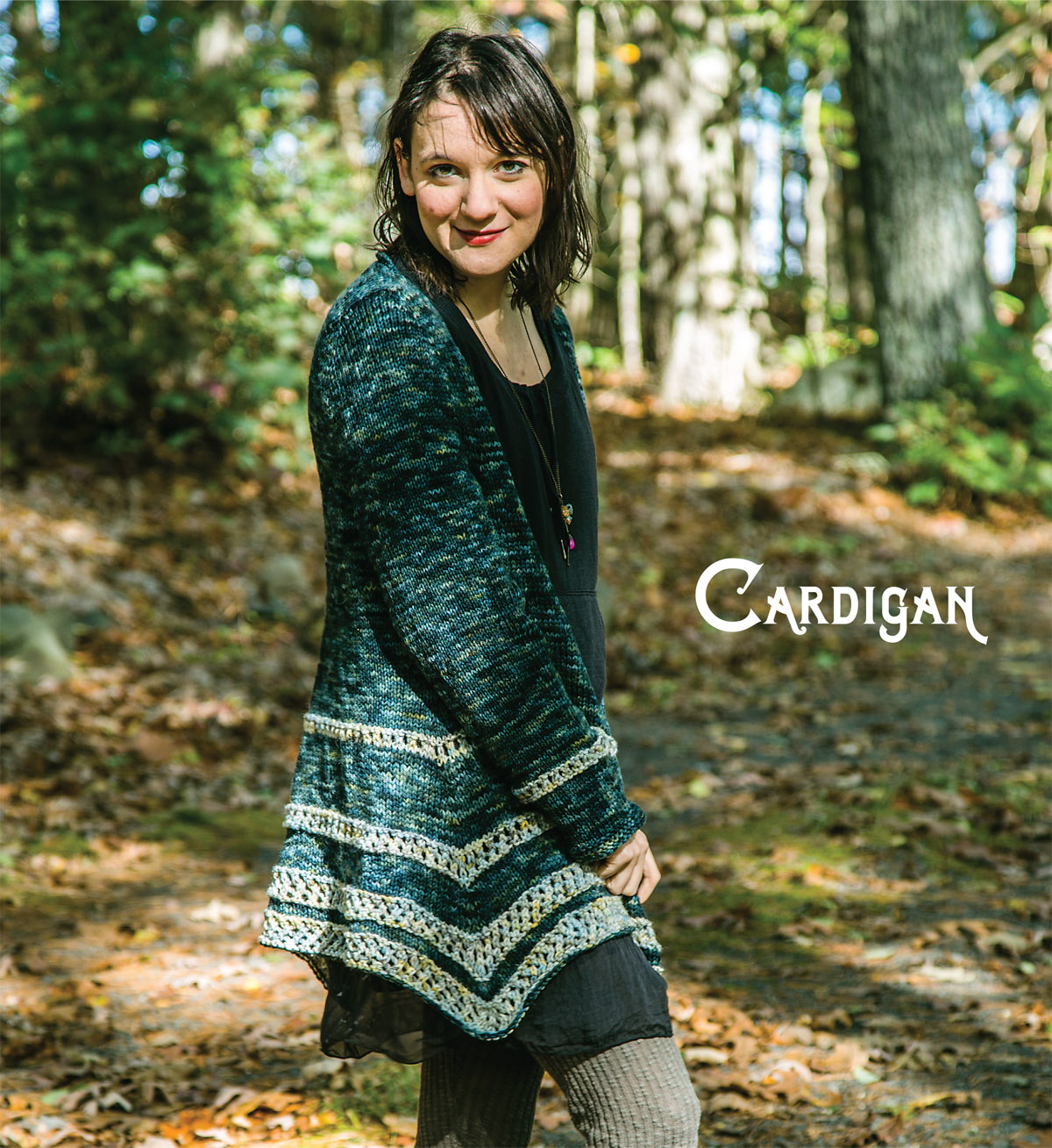
cicada
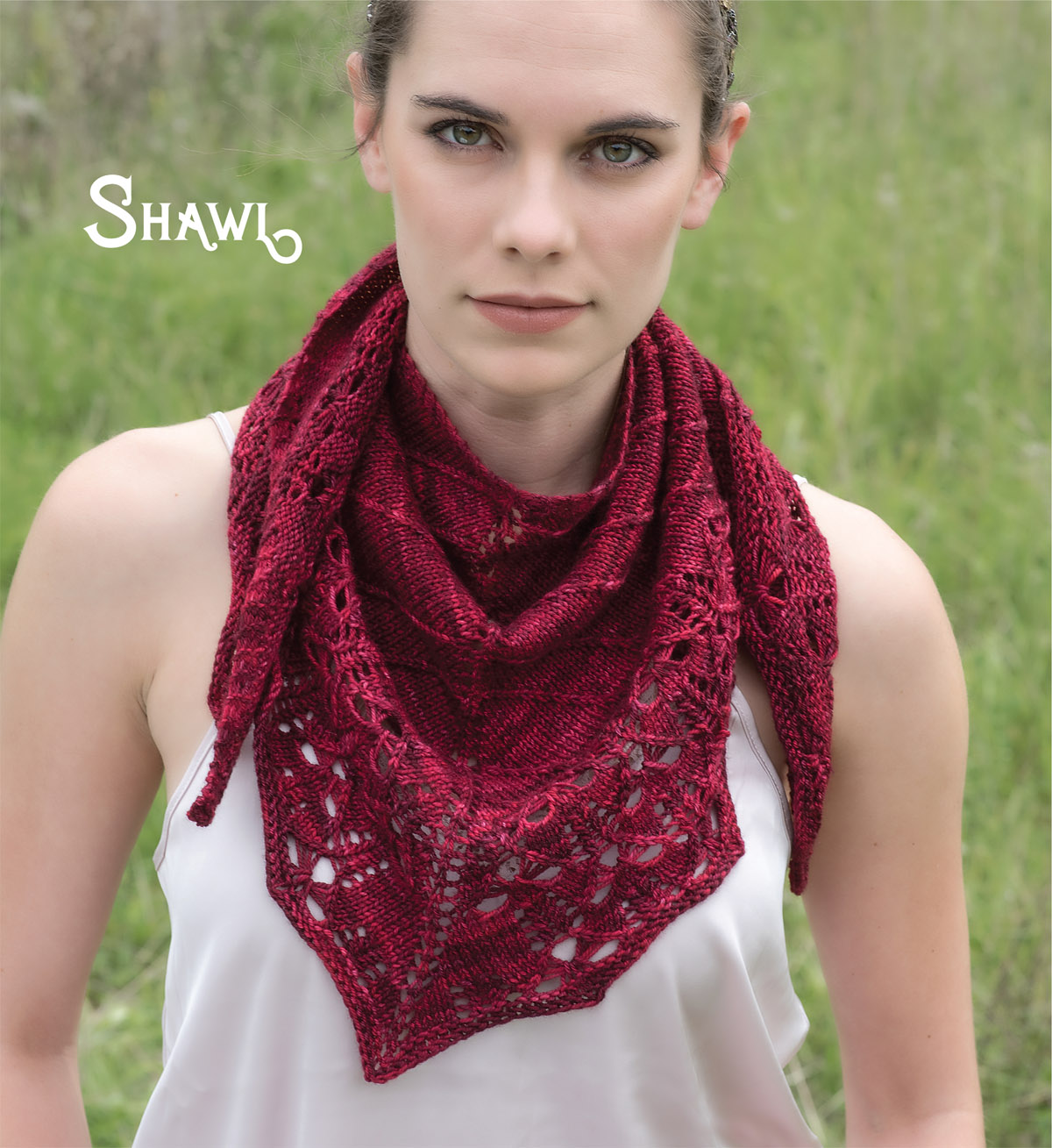
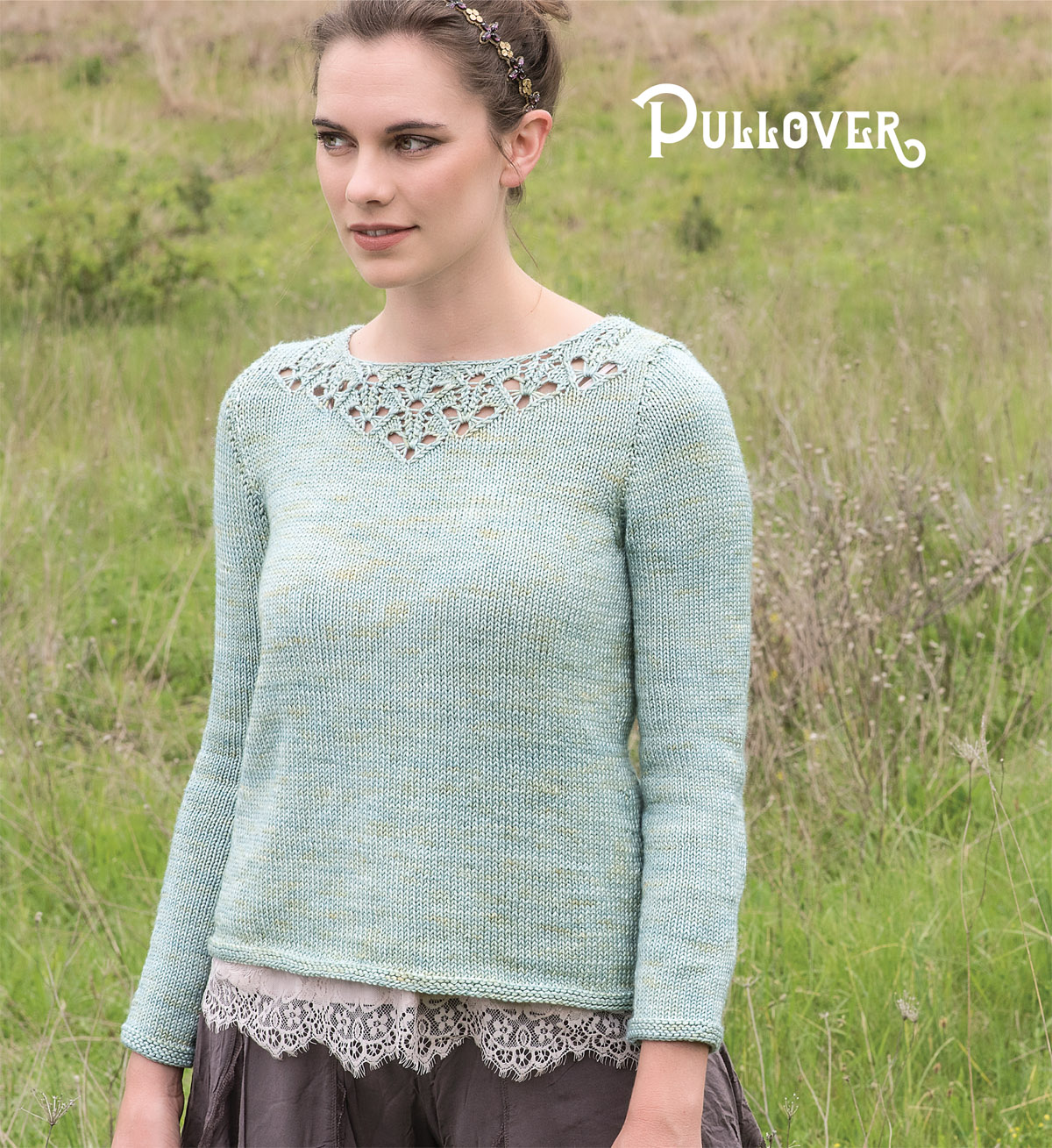
temperance
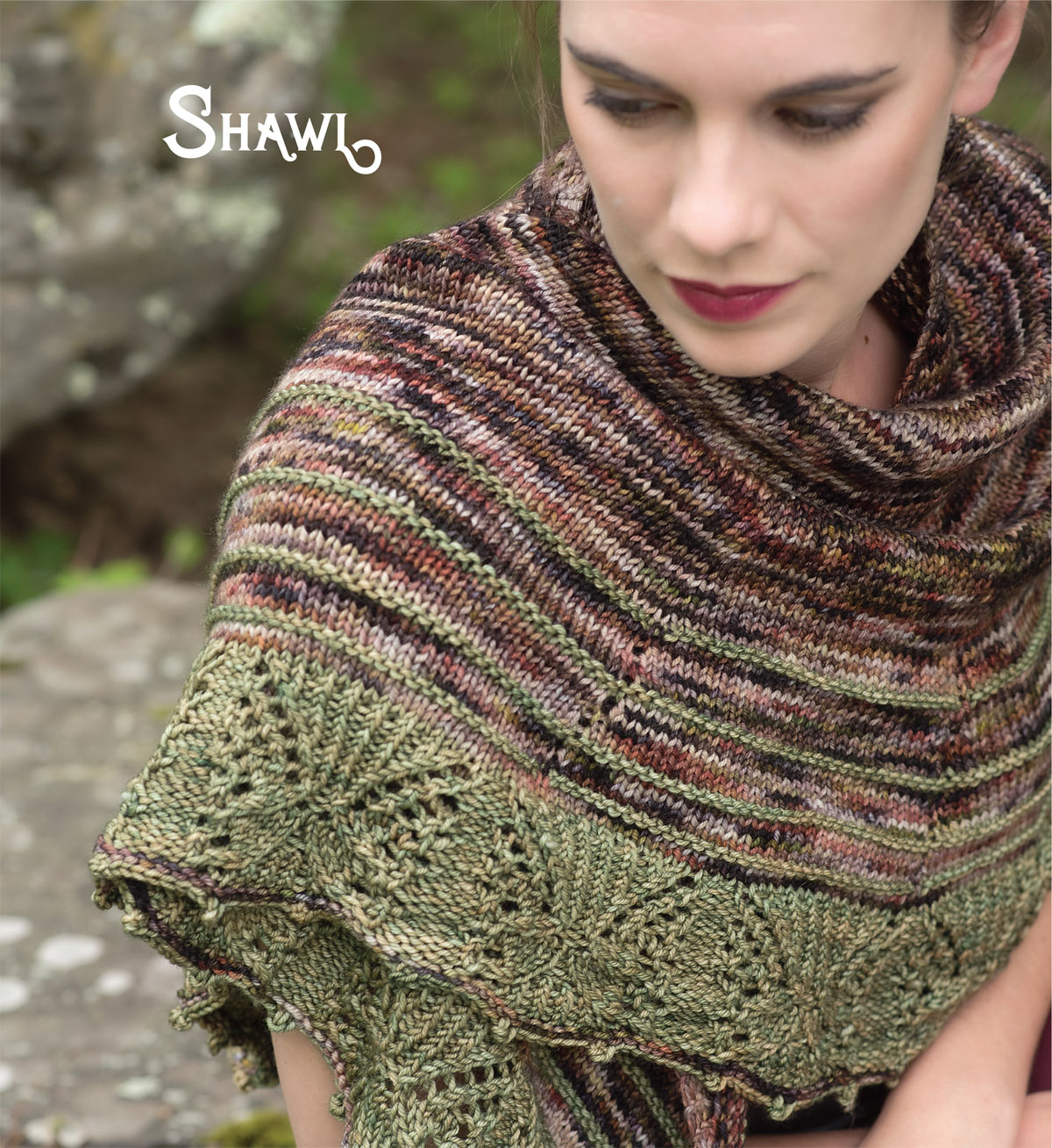
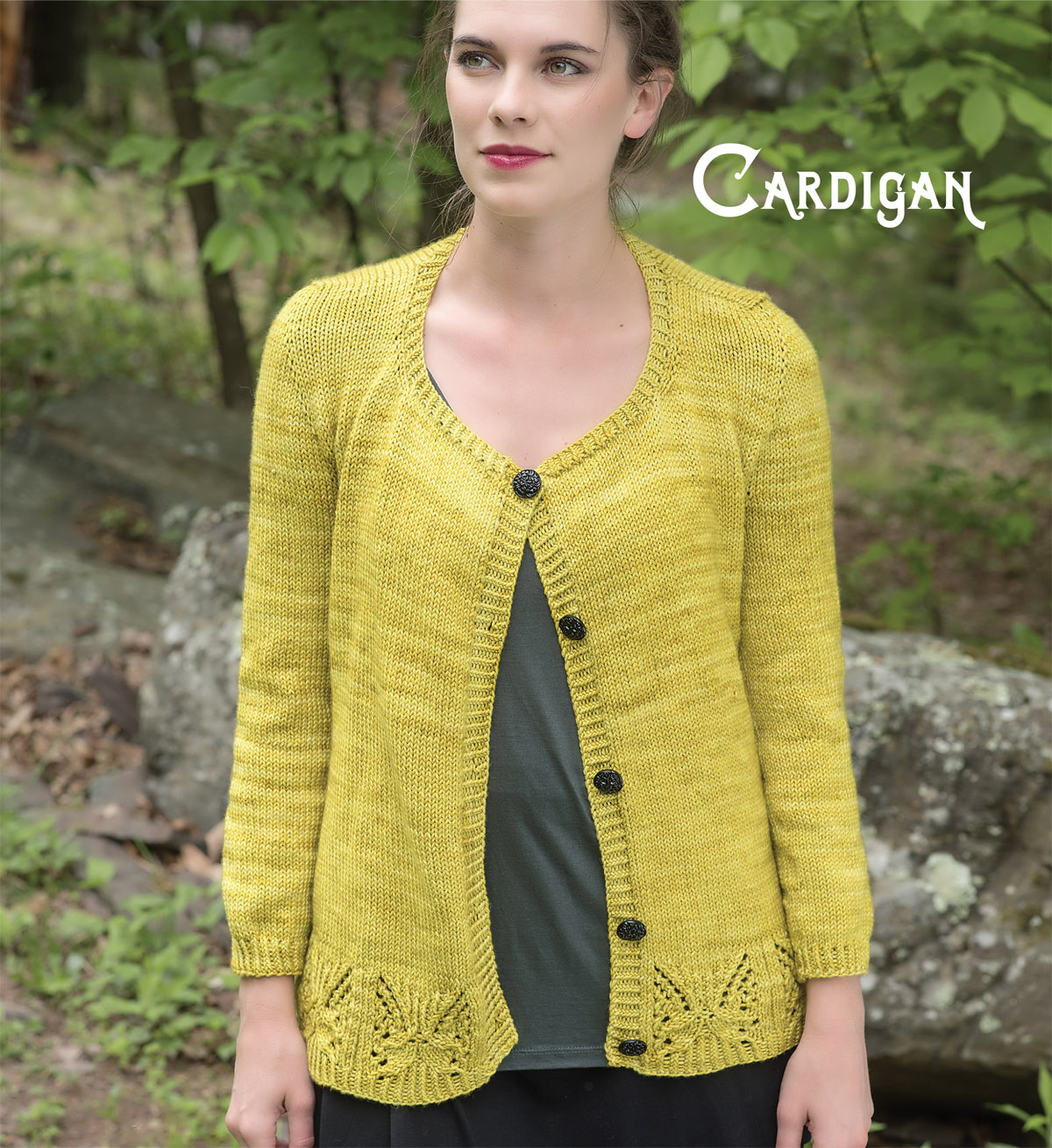
mansion house
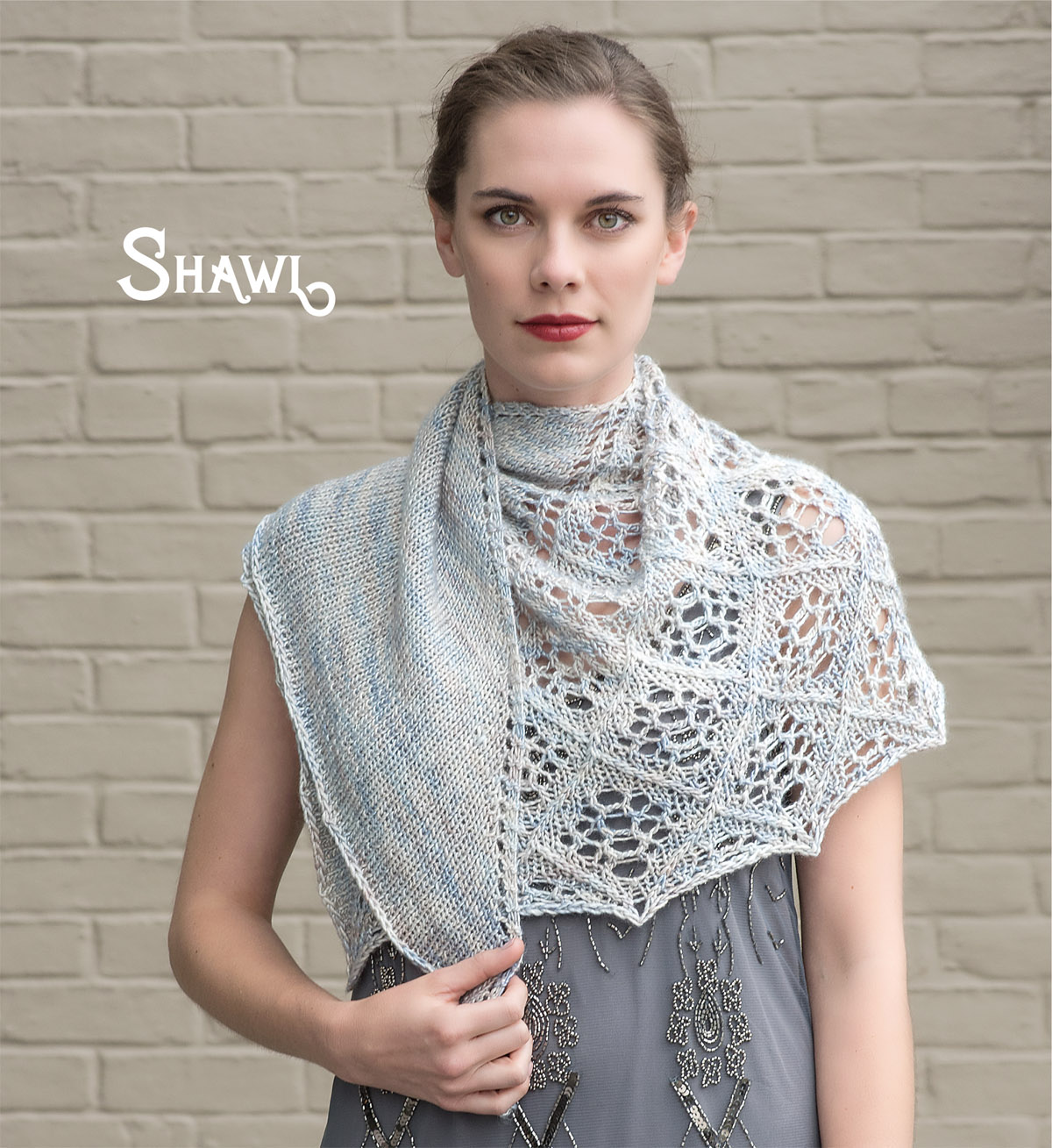
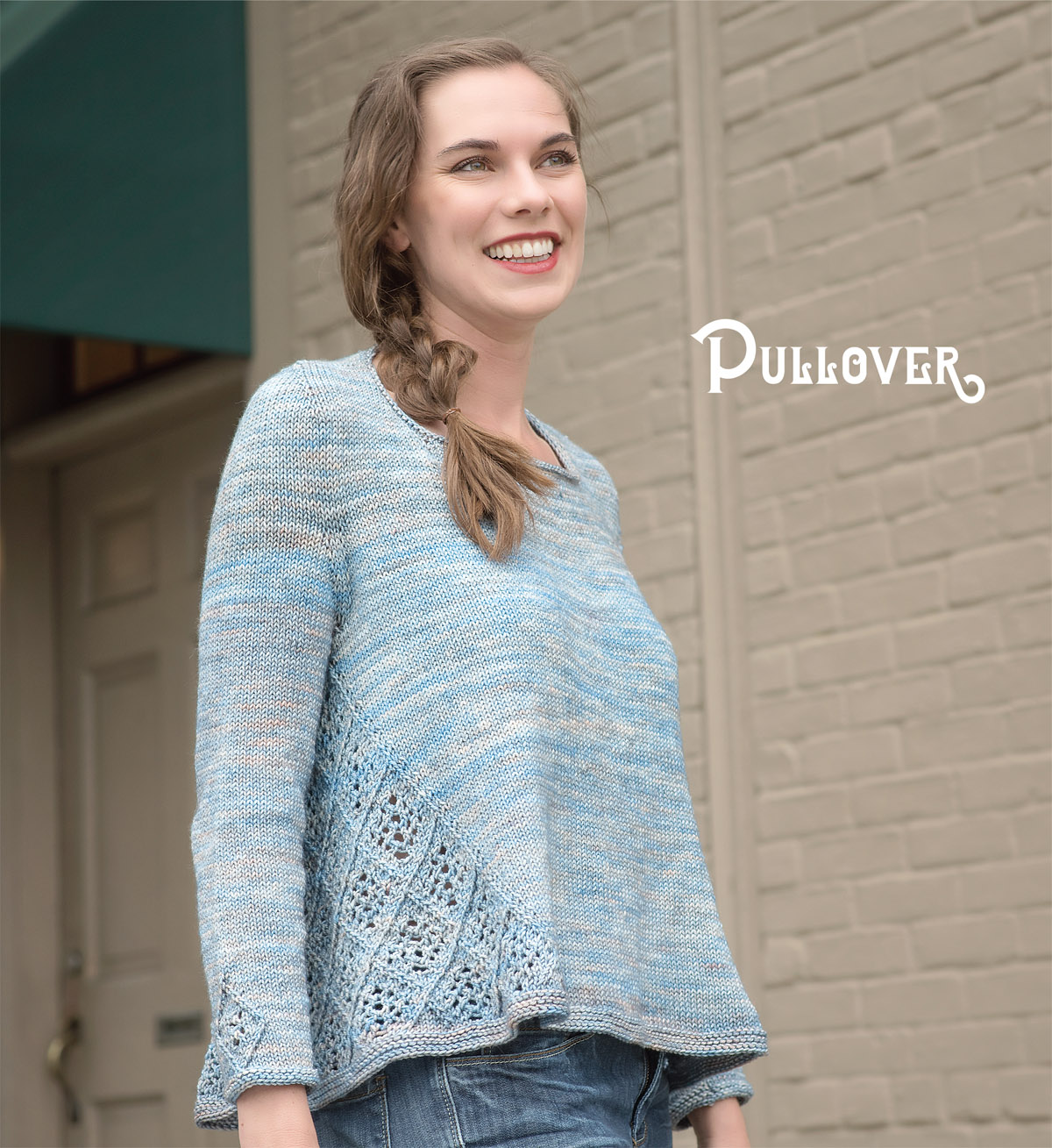
tossing pebbles
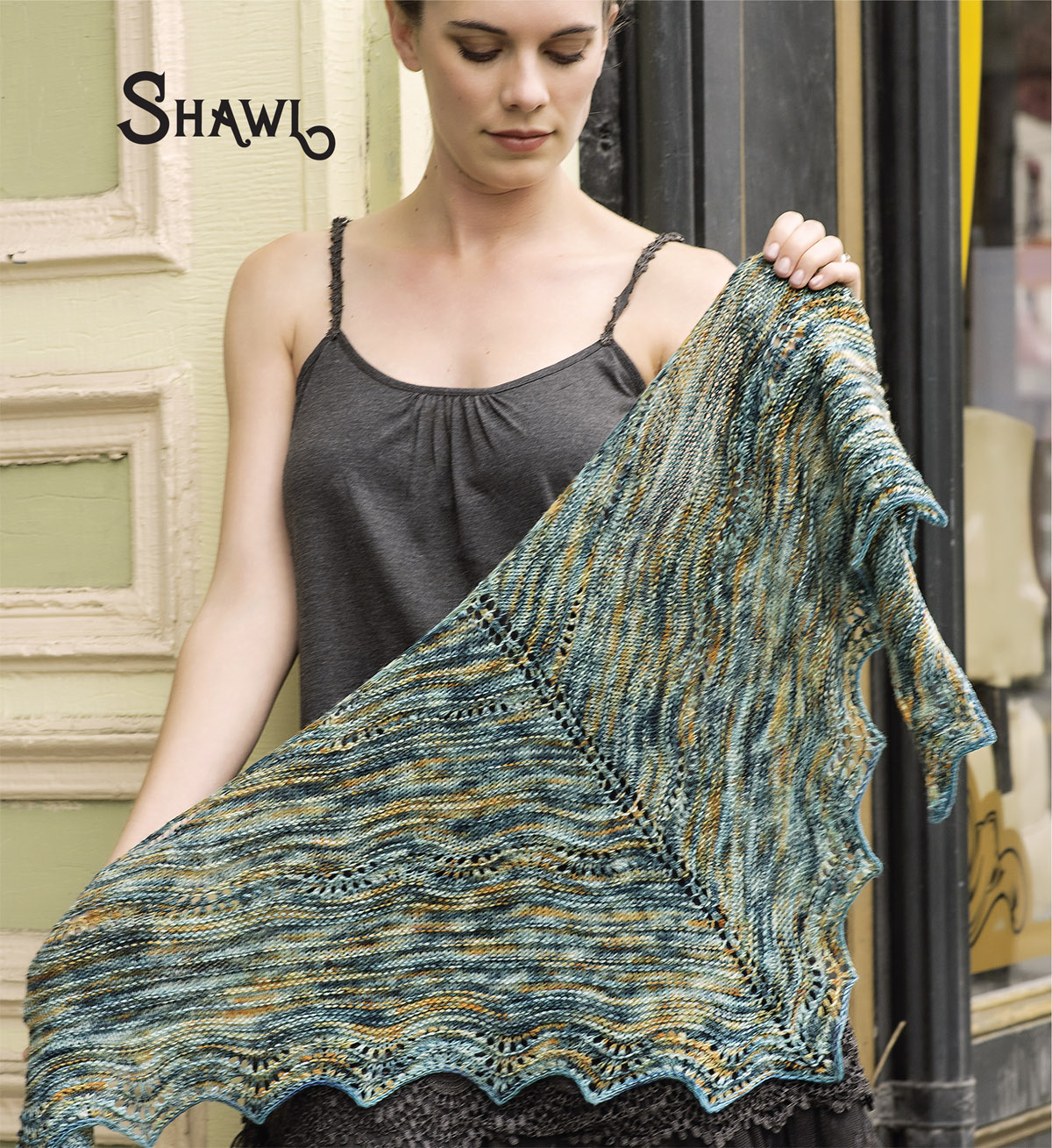
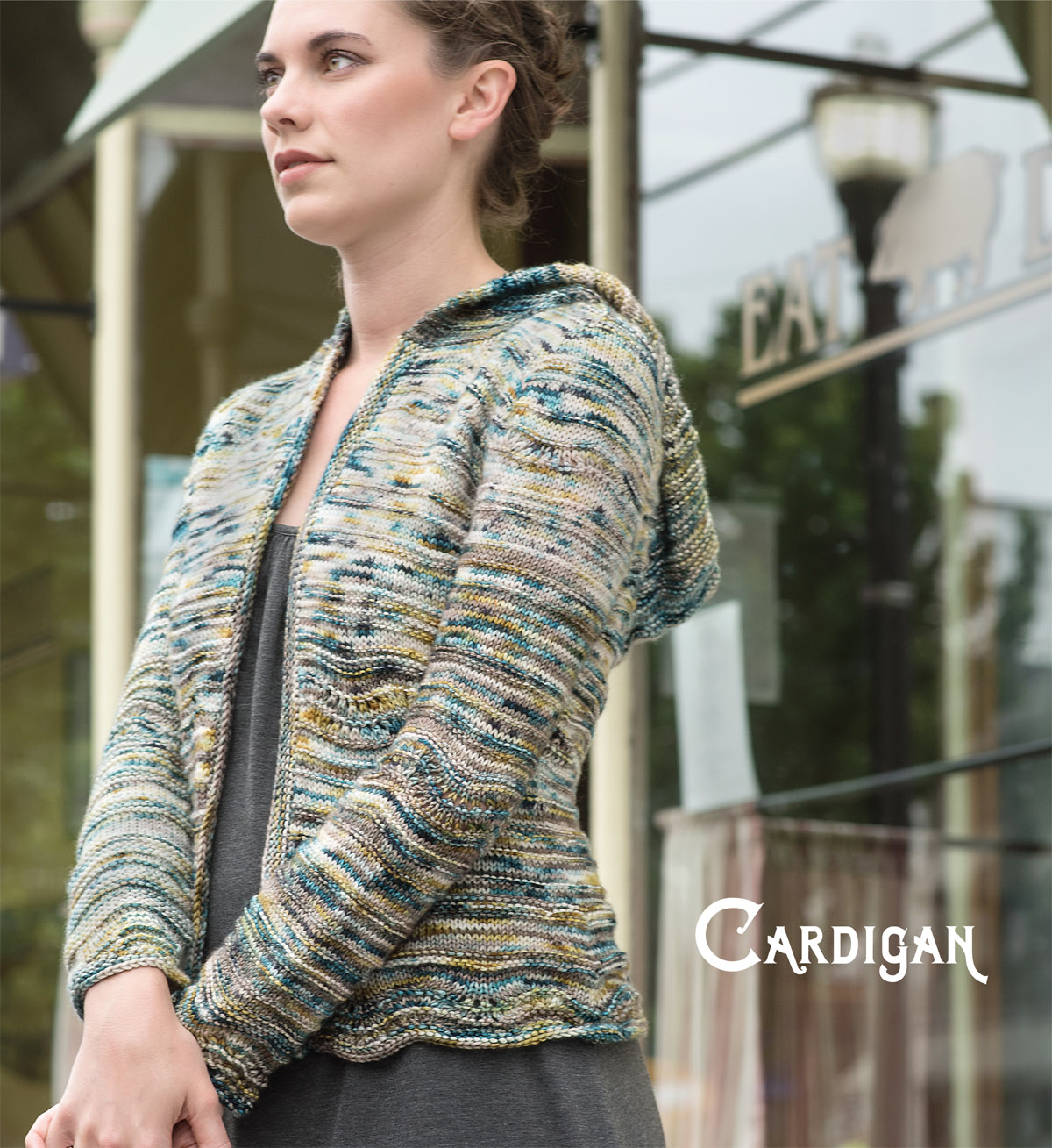
knightsbridge
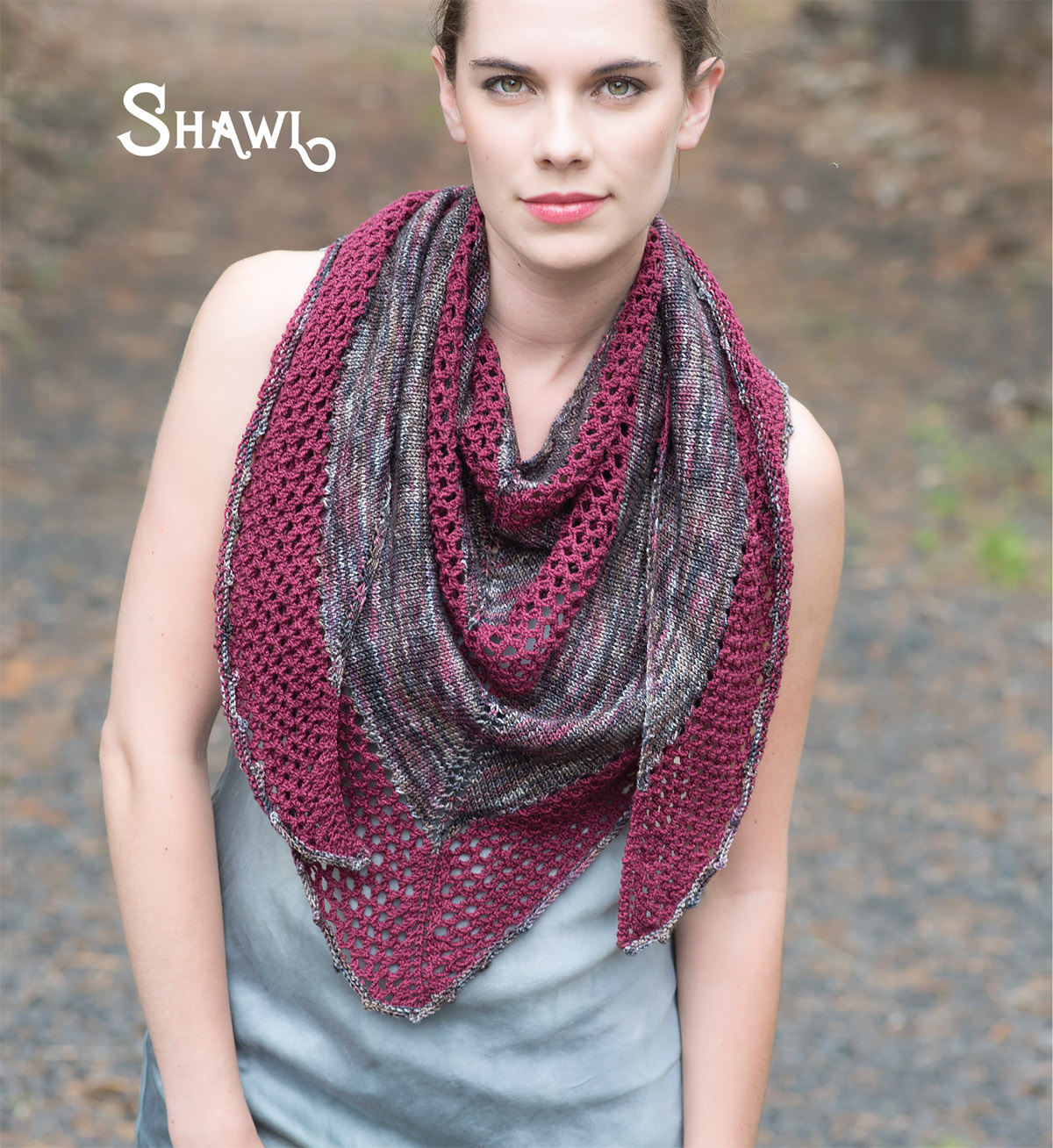


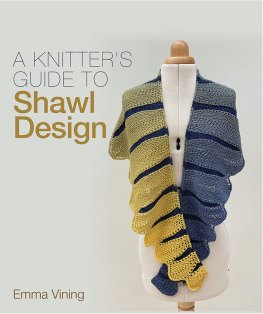
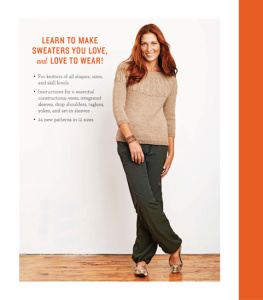
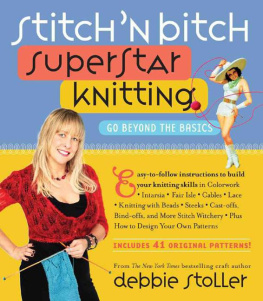
 Published by Stackpole Books
Published by Stackpole Books The paper used in this publication meets the minimum requirements of American National Standard for Information SciencesPermanence of Paper for Printed Library Materials, ANSI/NISO Z39.48-1992. First Edition Printed in the United States of America
The paper used in this publication meets the minimum requirements of American National Standard for Information SciencesPermanence of Paper for Printed Library Materials, ANSI/NISO Z39.48-1992. First Edition Printed in the United States of America
 westminster
westminster 
 notting hill gate
notting hill gate 
 tower hill
tower hill 
 cicada
cicada 
 temperance
temperance 
 mansion house
mansion house 
 tossing pebbles
tossing pebbles 
 knightsbridge
knightsbridge 